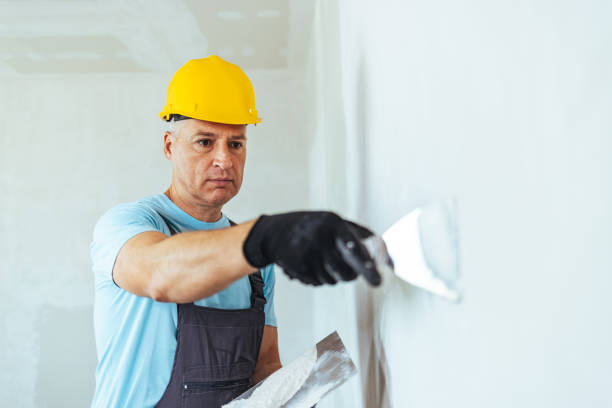When embarking on a building or renovation project, one of the most critical decisions you'll face is selecting the right type of plasterboard. Plasterboard, also known as drywall or gypsum board, is widely used for interior walls and ceilings due to its versatility, affordability, and ease of installation. Understanding the different types of plasterboard available can help you make an informed choice that meets your project's specific needs.
Types of Plasterboard
There are several types of plasterboard, each designed for particular applications. Standard plasterboard is the most common type and is suitable for most interior walls and ceilings. It comes in various thicknesses and sizes, making it a versatile choice for general construction. For areas that require enhanced moisture resistance, such as bathrooms and kitchens, moisture-resistant plasterboard is the preferred option. This type typically features a green or blue core and is treated to withstand damp conditions, preventing mold and mildew growth. Fire-resistant plasterboard, often identifiable by its pink color, is designed for use in areas requiring additional safety measures, such as kitchens and garages, where fire hazards may be more significant.
Choosing the Right Plasterboard
When selecting a plasterboard for your project, consider the environment and specific requirements of the space. For instance, if you're working on a basement renovation, using a moisture-resistant plasterboard is crucial to combat potential dampness. Similarly, if you're constructing a wall between units in a multi-family dwelling, fire-resistant plasterboard can provide added protection against the spread of flames. It's also essential to think about the thickness of the plasterboard, as thicker boards can offer better sound insulation and durability. For high-traffic areas, such as hallways or children's playrooms, you might opt for impact-resistant plasterboard, which can withstand bumps and scrapes more effectively than standard options.
Installation and Finishing
Once you've chosen the appropriate plasterboard, proper installation is key to achieving a polished finish. Ensure that the studs and framing are correctly spaced to support the plasterboard securely. Use screws specifically designed for plasterboard to prevent cracking and ensure a tight fit. After installation, the joints will need to be taped and mudded to create a seamless appearance. Sanding the surface will help achieve a smooth finish before painting or applying wallpaper. Understanding the properties of the plasterboard you’ve selected will also inform how you handle these finishing steps, particularly if you’ve chosen a specialized type like moisture or fire-resistant plasterboard, as these may require additional care during installation.
Conclusion
Selecting the right plasterboard for your project is essential for achieving the desired results while ensuring safety and durability. By familiarizing yourself with the various types of plasterboard available, you can make an informed decision that aligns with the unique needs of your space. Whether you're opting for standard, moisture-resistant, or fire-resistant plasterboard, understanding their characteristics will help you create a functional and aesthetically pleasing environment. Take the time to assess your project requirements, and you'll be well on your way to choosing the ideal plasterboard for your construction or renovation needs.





Comments